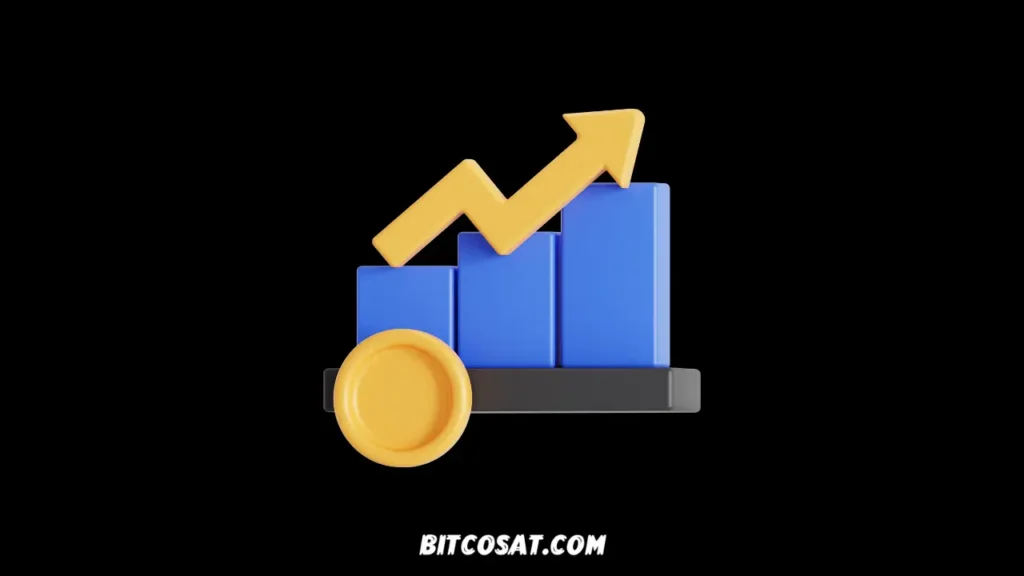Crypto markets in the Middle East are witnessing a series of remarkable developments, all of which reflect the rapidly evolving landscape in the region, encompassing regulatory expansion, new institutional experiences, and diverse public movements.
This has shed light on the phenomenon known as “Digital gold” in the GCC.
In Abu Dhabi, on September 4, the GFO-X platform received preliminary approval from the Financial Regulatory Authority of the Abu Dhabi Global Market (FSRA) to commence operations as a digital derivatives trading platform.
This positions the UAE capital in a leading regional position as a center for institutional digital assets and reflects its determination to attract institutional investment in the crypto sector.
This trend comes within a broader context adopted by the UAE to consolidate its position as an incubator for the crypto industry.
This is particularly true following recent steps related to regulating stablecoins and the issuance of the first dirham-backed stablecoin in collaboration with major financial institutions, such as Abu Dhabi Holding and First Abu Dhabi Bank.
This move aims to connect digital transactions to the local economy and enhance trust in digital payments.
The same report considered the Emirati development a chapter within a broader Gulf context, including Bahrain’s move in the same direction by adopting a regulatory framework for stablecoins through a new regulatory module at the Central Bank of Bahrain (SIO Module).
This enhances Manama’s competitiveness as a regional player in providing a clear legal environment for virtual assets.
A different aspect of the picture emerged in Kuwait last May, when official campaigns against unregulated cryptocurrency mining activities resulted in a reduction of electricity consumption in the Wafra area, which witnessed anti-mining campaigns by more than 55%.
This development revealed the extent of interest in digital currency markets among the Gulf countries’ youth, despite the ban on mining activities.
Regarding the daily activities of individuals, the report’s figures in the UAE reflected a continued rise in the use of crypto applications. The download numbers jumped from approximately 6.2 million in 2023 to 15 million in 2024, indicating the deepening of a culture of digital trading and investment among young people.
While the UAE continues to shape an attractive and regulated digital market, and Bahrain pushes to strengthen its legislative environment, these developments collectively present a clear picture of a new phase the region is entering.
Discussion about crypto is no longer limited to individual initiatives; it has become part of the economic policies and strategies adopted by major Middle Eastern capitals.

Increase in market value
The continued high price of cryptocurrencies indicates that significant groups are reconsidering their outlook on the crypto market, sparking debate about its impact on traditional financial behavior, particularly in Middle Eastern societies.
The rapid growth of this sector has made crypto an increasingly important component of the global financial system, with the total market capitalization of thousands of cryptocurrencies reaching nearly $4 trillion.
Middle Eastern citizens have traditionally kept their money in traditional savings instruments, like gold, real estate, bank deposits, and bonds, to secure their financial future. However, over the past decade, crypto, particularly Bitcoin, has become a significant part of their savings portfolio.
In light of this, the term “Digital gold” has become a term for crypto in the Middle East, given their similarity to gold in terms of their scarcity, resistance to inflation, and ability to retain value.
These assets are gaining widespread acceptance, particularly among young people, who view them as an alternative, decentralized digital medium that aligns with their technological aspirations and rejection of centralized financial systems.
The pace of blockchain adoption is consistently accelerating, with adoption growing by 70% annually, reflecting growing confidence in this technology as a secure, transparent, and efficient financial solution.
The adoption of this technology could contribute to enhancing the financial independence of Middle Eastern countries by reducing reliance on the US dollar and enabling more sovereign financial systems that are open to innovation.

Multiples of traditional returns
Digital assets are more volatile and riskier than conventional or Islamic financial instruments, but they can generate higher returns, reaching seven to eight times those of conventional instruments under normal circumstances. However, losses during financial downturns can be just as severe.
Allocating a limited portion of savings to crypto can be a profitable option for individuals with a high risk appetite, provided it is accompanied by a sufficient understanding of the risks.
The long-term impact of this shift in savings behavior in Middle Eastern countries depends critically on the extent to which cryptocurrencies are integrated into the financial system through clear legal regulation.
If this integration takes place, as has happened in some developed countries, cryptocurrencies could begin to compete directly with traditional and Islamic financial instruments in the Middle East, potentially putting upward pressure on the returns of these instruments to attract savers.
The reality on the ground shows that this behavioral shift has become tangible in the UAE and Bahrain, is gradually growing in Saudi Arabia and Oman, and remains limited in Qatar and Kuwait.
Today, young people in the Middle East view cryptocurrencies and stablecoins not as a marginal speculative activity, but rather as a legitimate, if limited, component of their daily financial behavior, reflecting a fundamental shift in the culture of savings among new generations.

